Elden Ring: Shadow of the Erdtree is a testament to the pride, ambition, and bold creative vision of FromSoftware as a studio—for better and for worse. By examining Shadow of the Erdtree, one is able to gain valuable insight into the design ideals of not just Elden Ring, but FromSoftware’s broader portfolio of work.
Brutal difficulty, obtuse storytelling, and inspired art design—these things a FromSoftware game maketh—and Shadow of the Erdtree is no different in this regard. And that’s the best and worst part about the expansion: it’s more Elden Ring, bringing with it all the strengths and weaknesses of its progenitor. Ever-raging debate over difficulty aside, Shadow of the Erdtree excels at bombastic boss battles, satisfying progression, powerful world building, and jaw-dropping vistas, but flounders when it comes to delivering on its high fantasy plot.

Related
Whenever FromSoftware Revisits Open-World Design, It Should Learn One Lesson From Elden Ring’s Torrent
Should FromSoftware return to open worlds in future games, Elden Ring’s Torrent highlights one key area where the next game’s mount could be improved.
Shadow of the Erdtree Continues FromSoftware’s Tradition of Underwhelming Endings
The Difference Between Great Lore and Great Stories
There are plenty of great endings in FromSoftware games: becoming a newborn Great One at the end of Bloodborne (circumstances permitting), linking the first flame in Dark Souls, and sighting the pathetic true form of Old King Allant at the end of Demon’s Souls are all iconic moments in gaming narrative history. But these finales are effective more as a result of FromSoftware’s great world-building than due to the emotional strength of their presentation or setup.
It’s fascinating and disturbing that the player-character can transcend humanity in Bloodborne, and it’s a fitting twist that Demon’s Souls’ power-hungry king is really a grotesque lump of flesh, but these are intellectual interests, not emotional ones. It can be hard to be emotionally invested when, for example, the protagonist has no background, or when the gravity of the situation is defined more by events that happened prior to the events of the game itself.
An exception to this would be
Sekiro
‘s endings, which are underpinned by the more personal nature of its narrative.
Shadow of the Erdtree has such issues with its ending. Upon defeating Miquella and Radahn, players will be treated to a brief cutscene that does little more than confirm Radahn’s role as Miquella’s consort—something that players will already have ascertained during the Promised Consort Radahn boss fight. After going through hell and back to complete the DLC, learning about the history of The Land of Shadow and characters like Messmer, it can feel somewhat underwhelming to get little more than a short cutscene expounding on what players already know, rather than one that yields new information or drives the story home with some sort of dramatic flair.
Future FromSoftware Endings Could Benefit From an Injection of Drama
Elden Ring has many endings, but most of them are differentiated more by their lore context than by their actual content: four of the base game’s six endings are just the player sitting on the throne and becoming Elden Lord, with a few minor distinctions. Endings like Lord of the Frenzied Flame and Age of Stars are certainly more interesting, but these too are quite brief and, in many ways, devoid of feeling.
In future games, it would be nice to see FromSoftware experiment with more emotionally impactful endings, perhaps incorporating more traditional narrative or filmmaking techniques to improve pacing and presentation. After all, players can easily spend dozens of hours in these game worlds, learning the lore and characters, so the more aloof and emotionally distant nature of many of FromSoftware’s endings can make them somewhat lackluster. These games shouldn’t exactly be The Last of Us—FromSoftware’s aesthetic and tone are still captivating—but some more gravitas and panache would certainly be welcome.

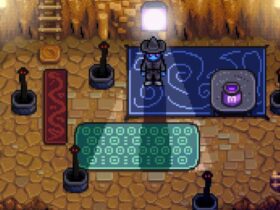
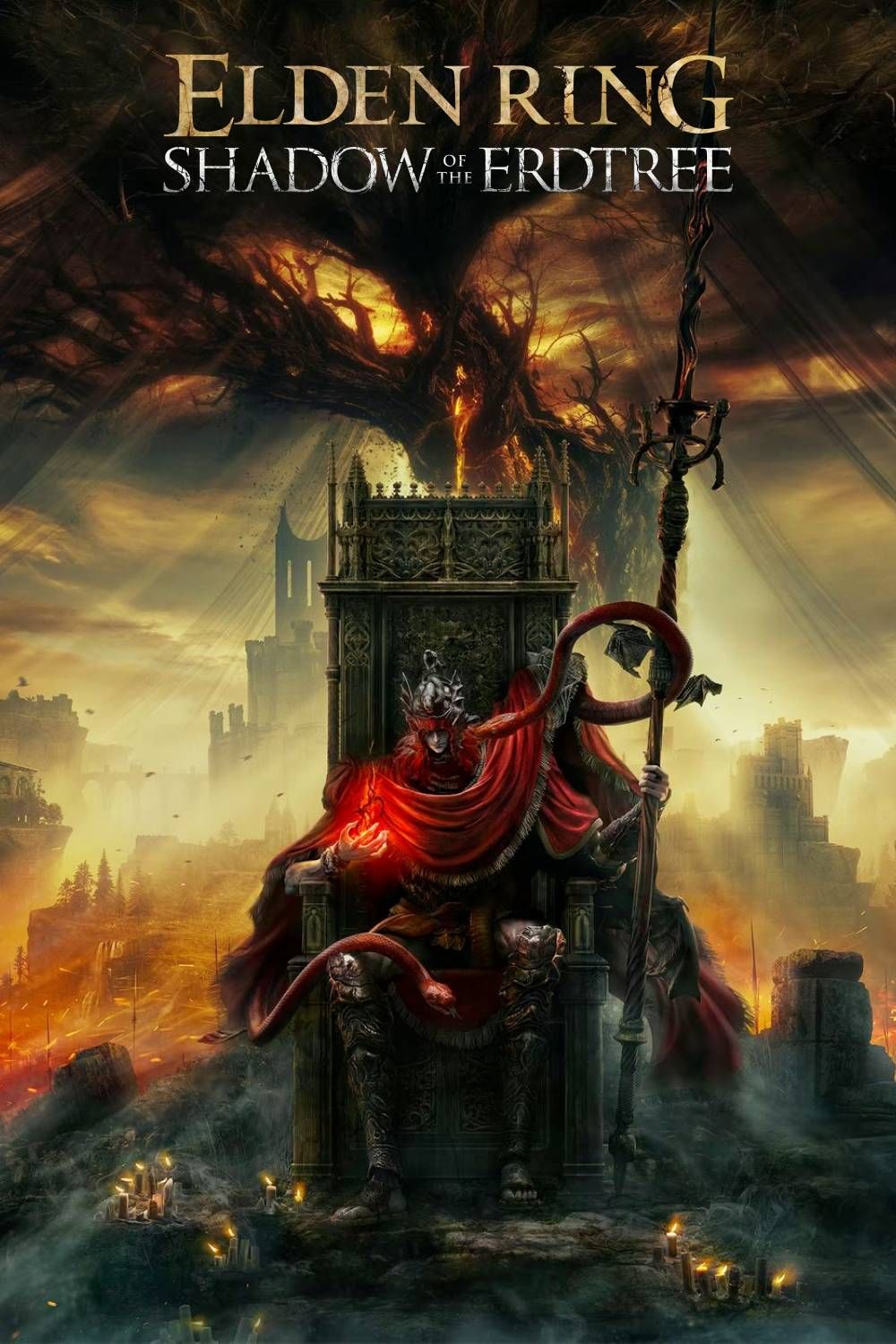
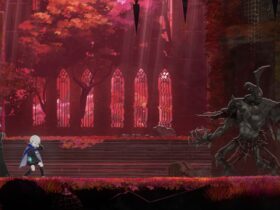
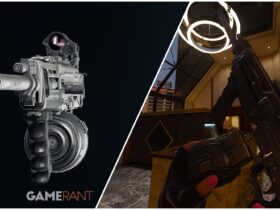
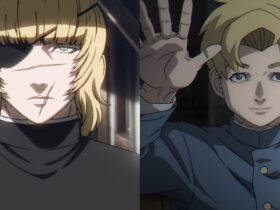



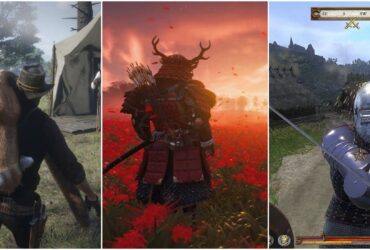
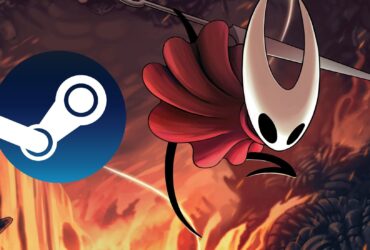
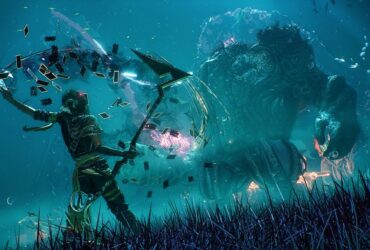
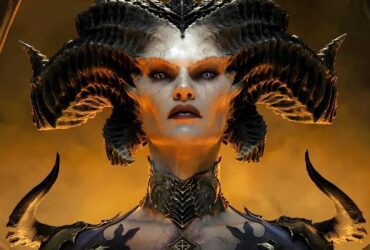
Leave a Reply